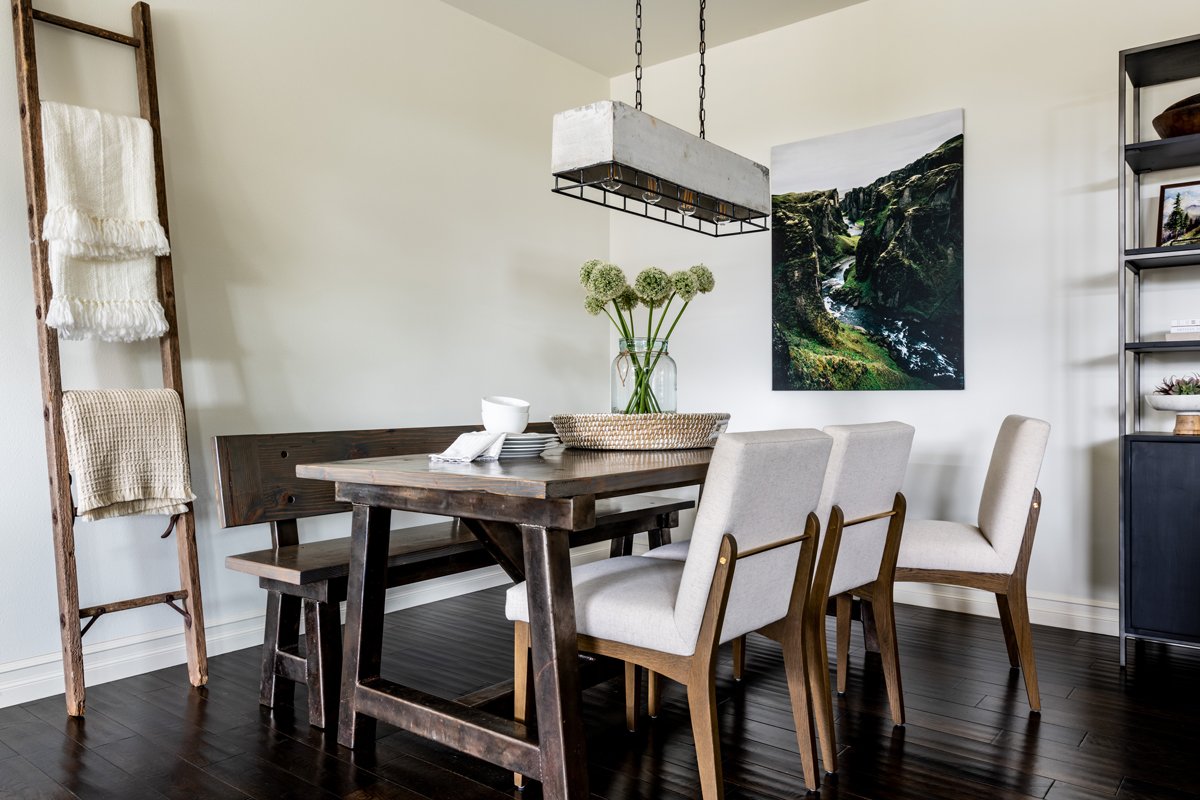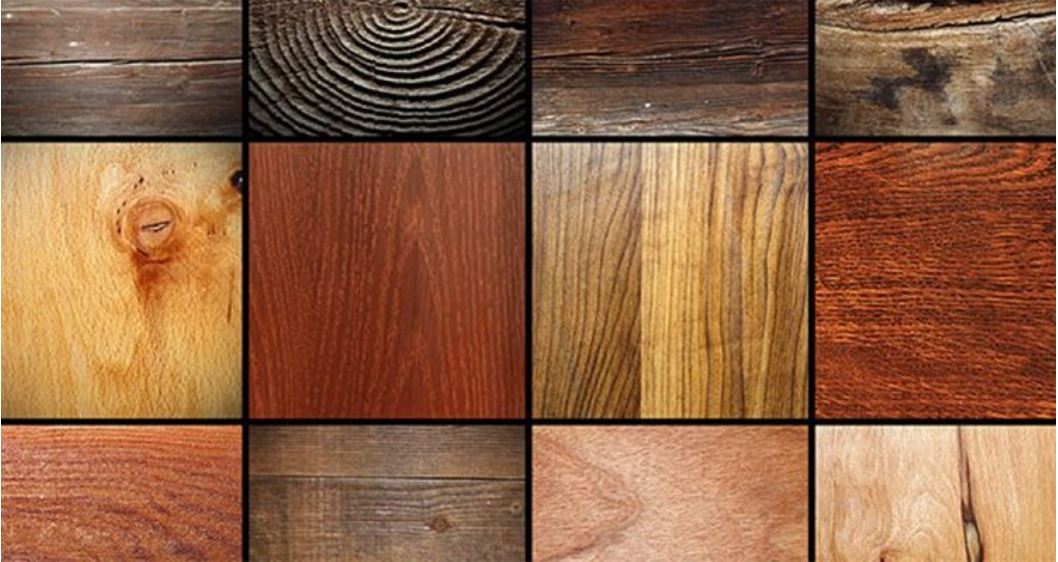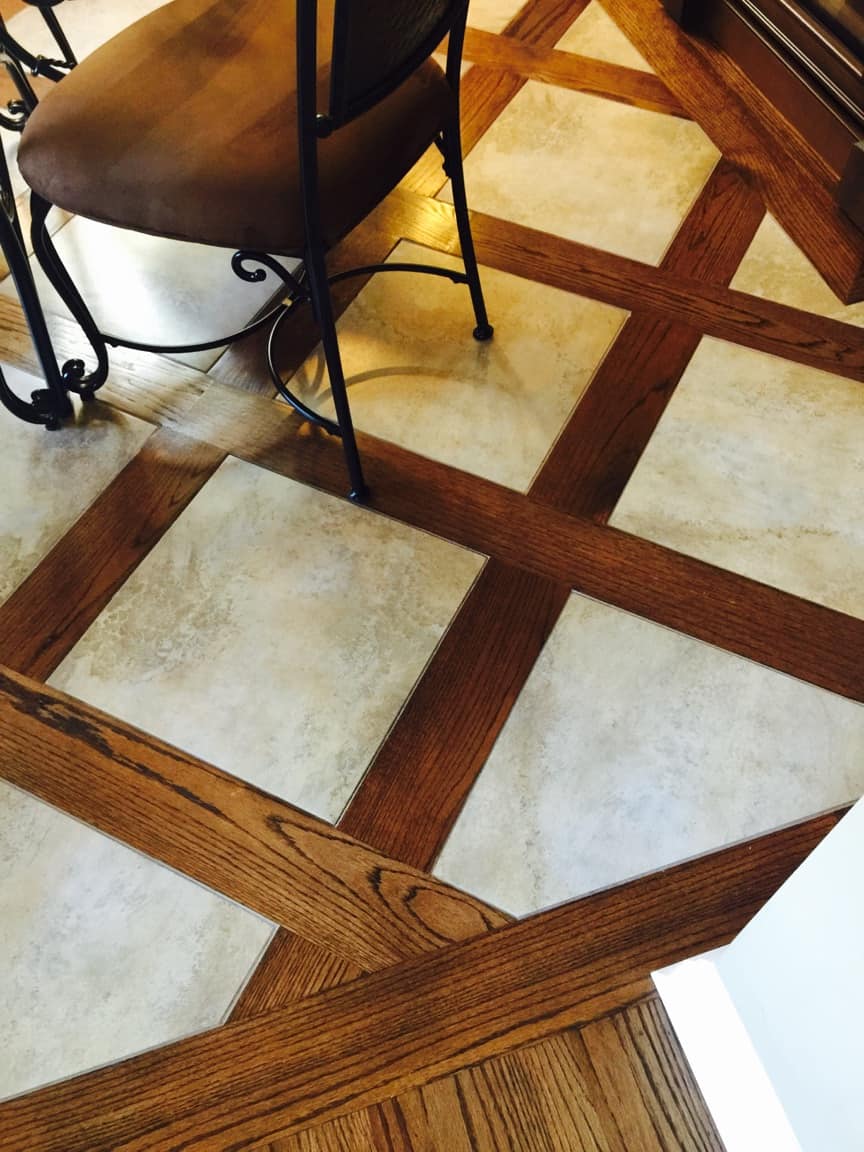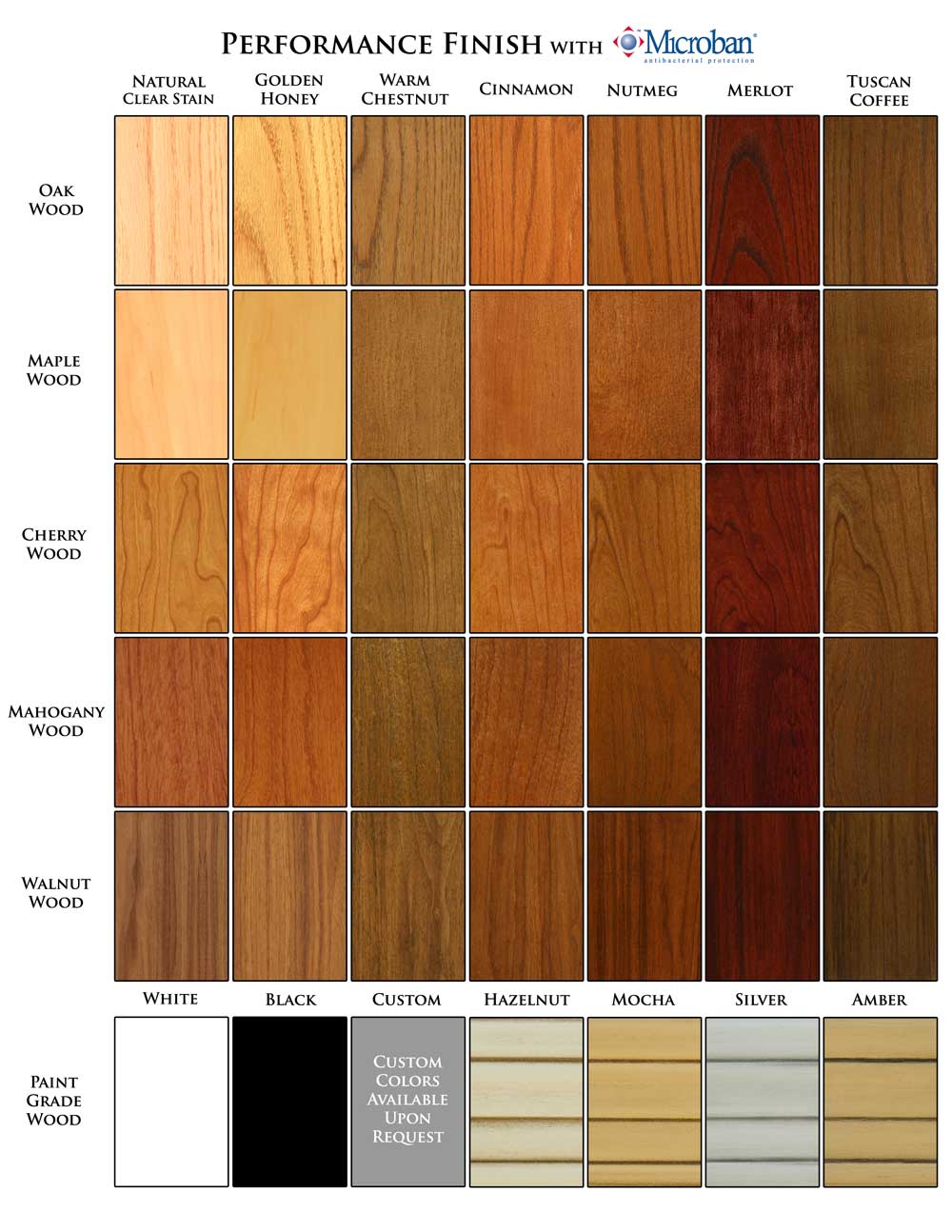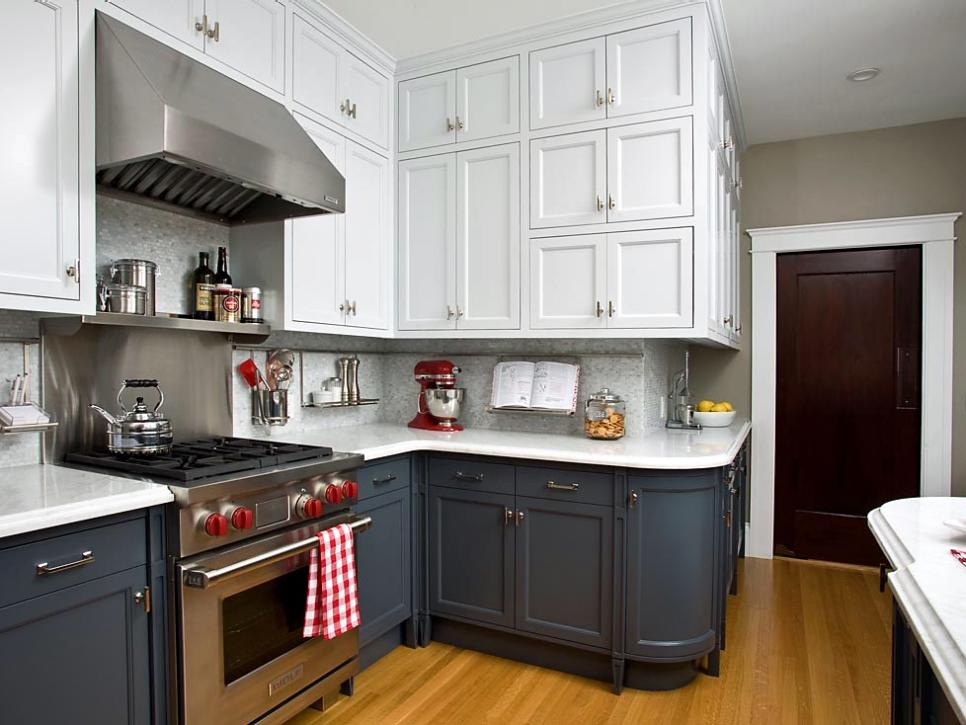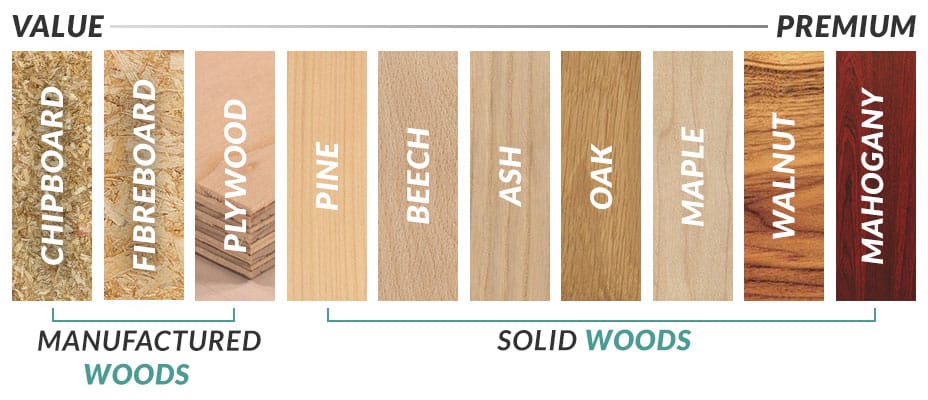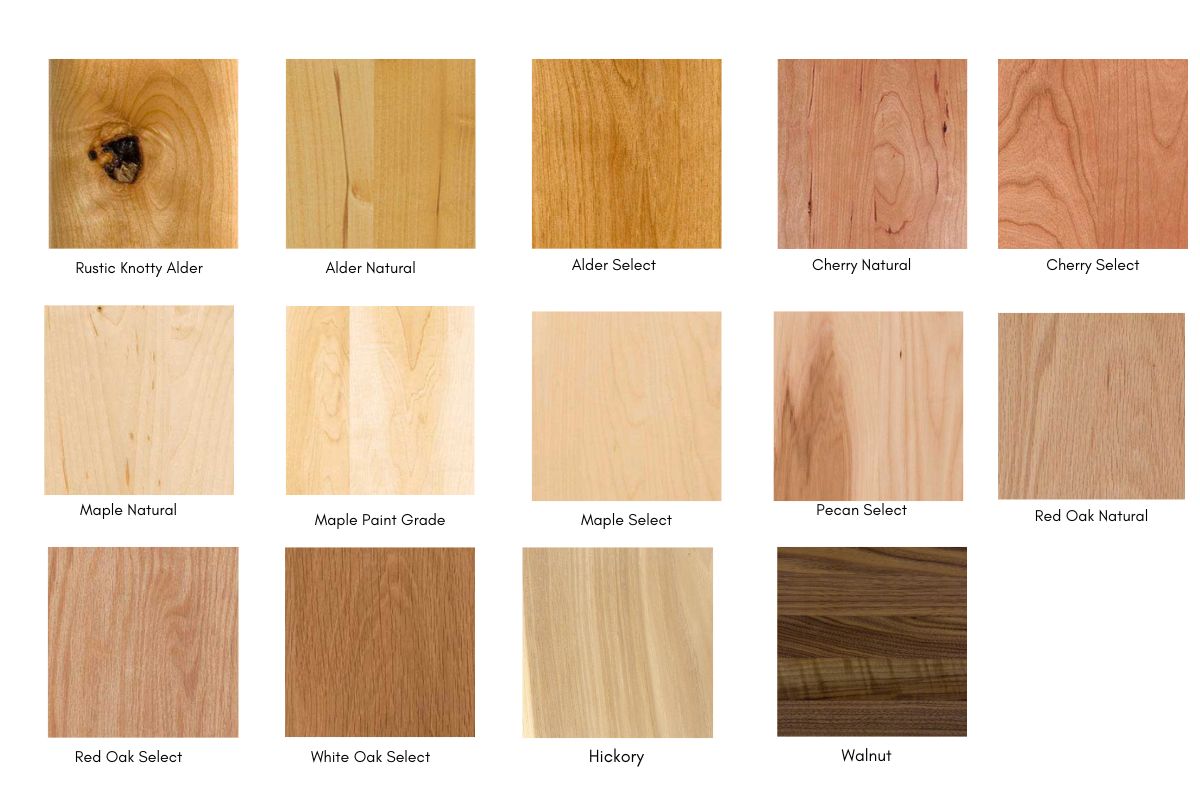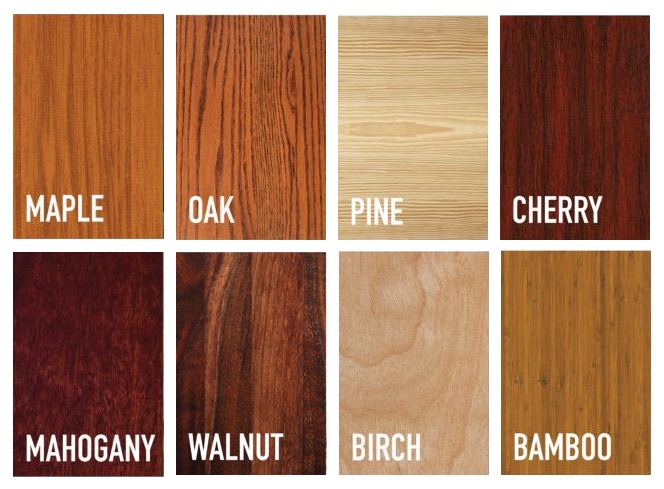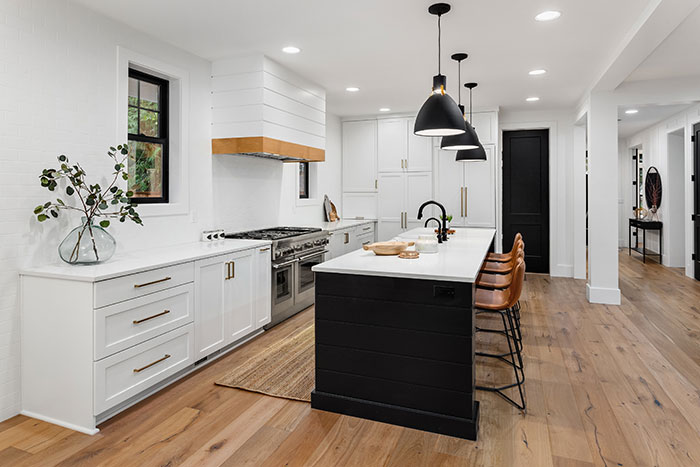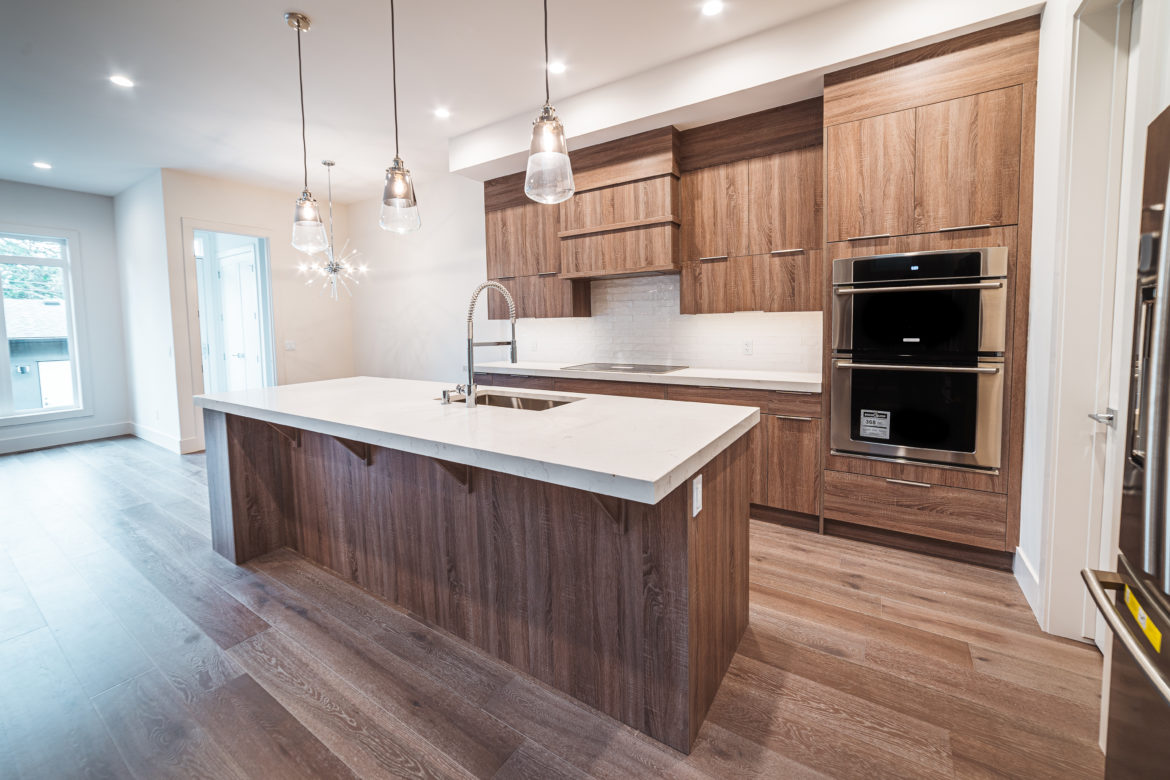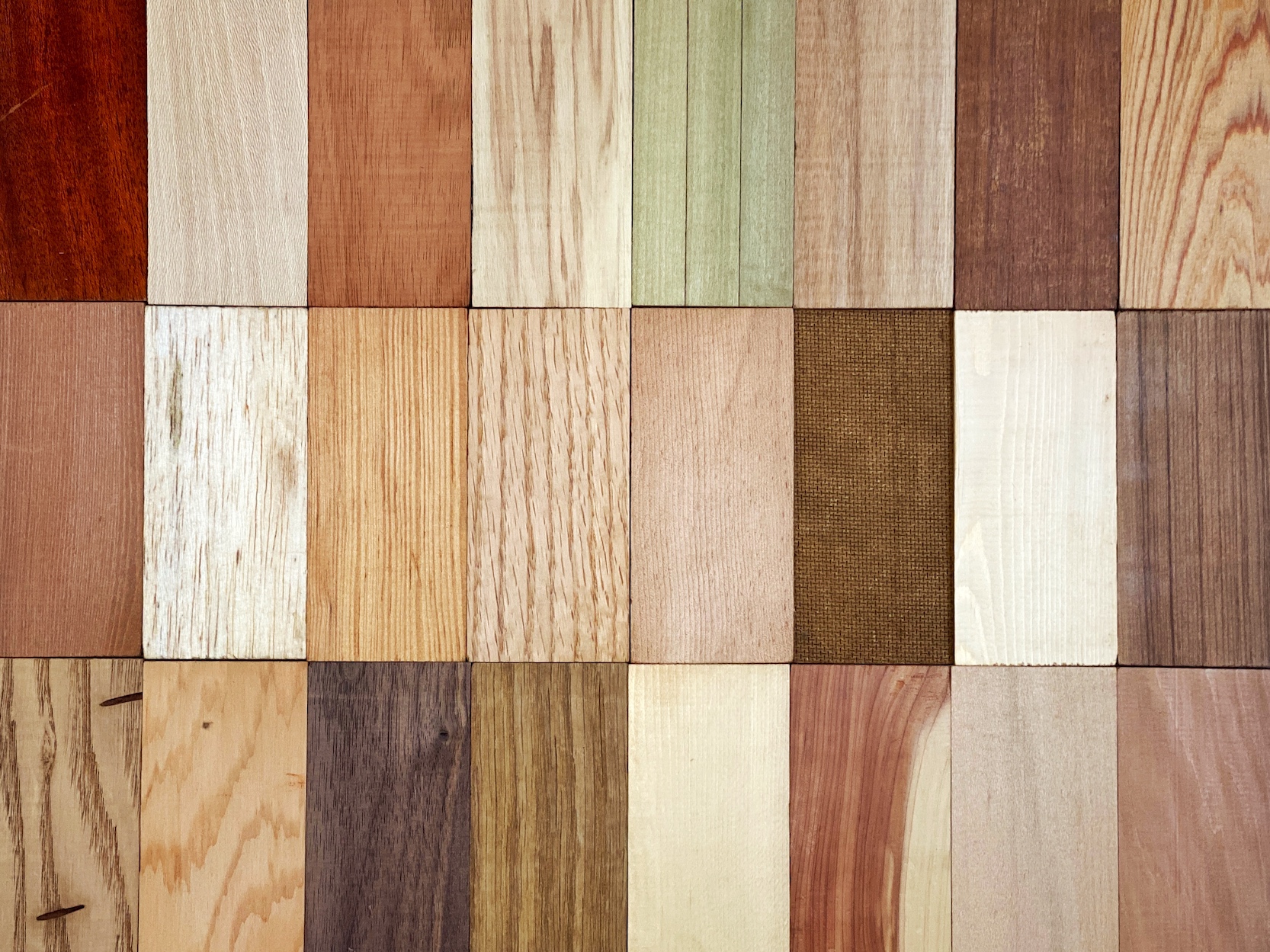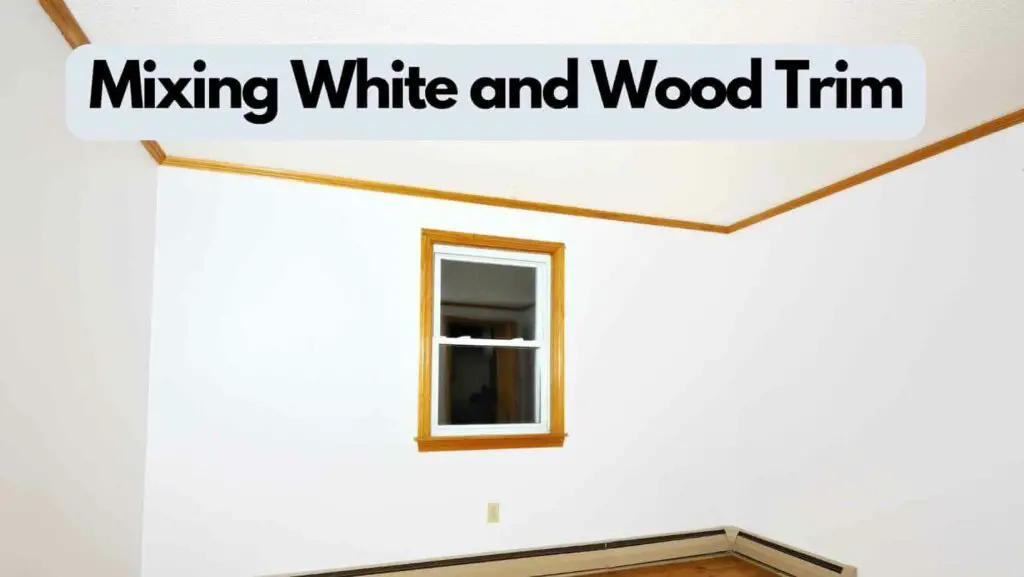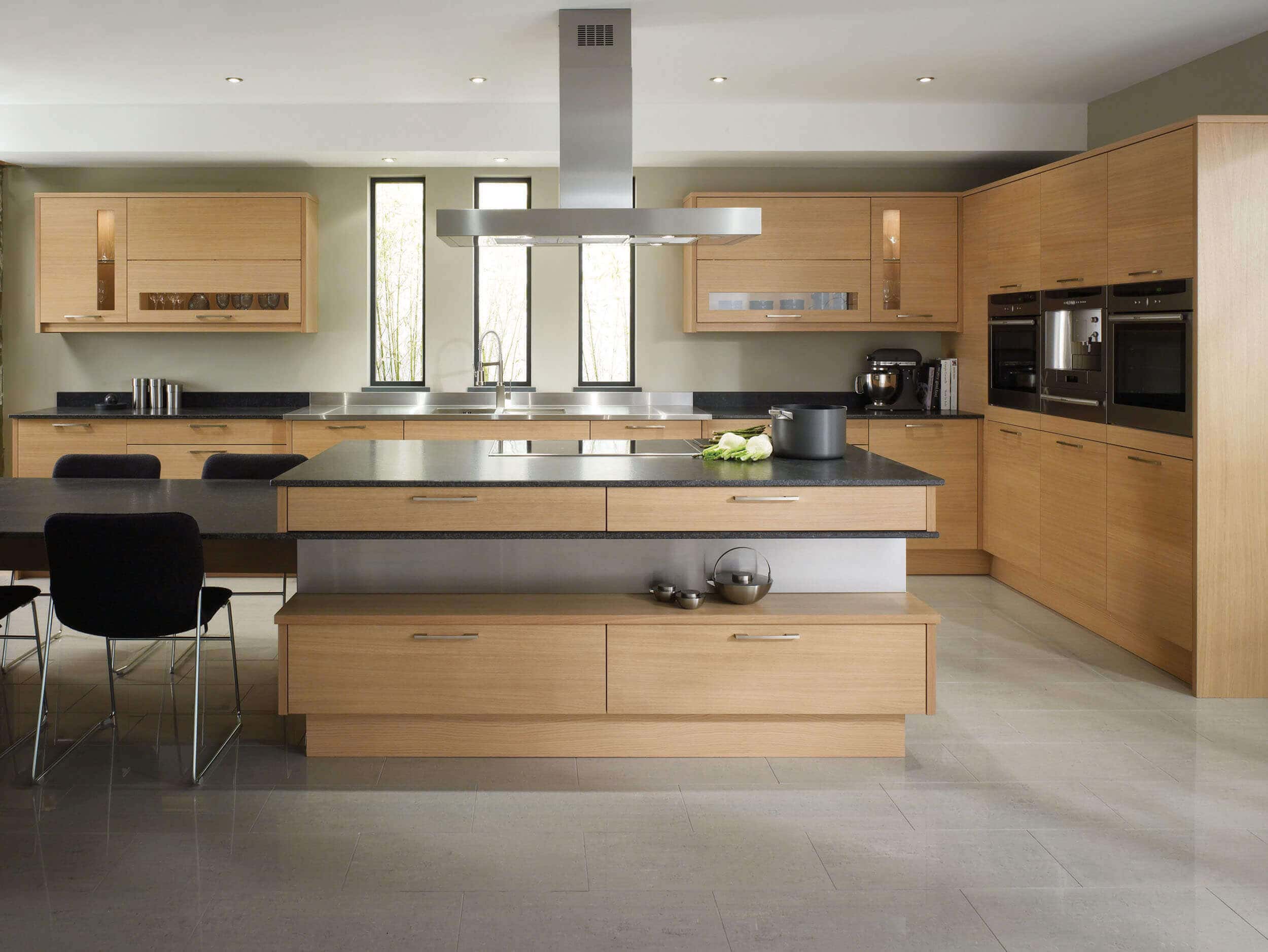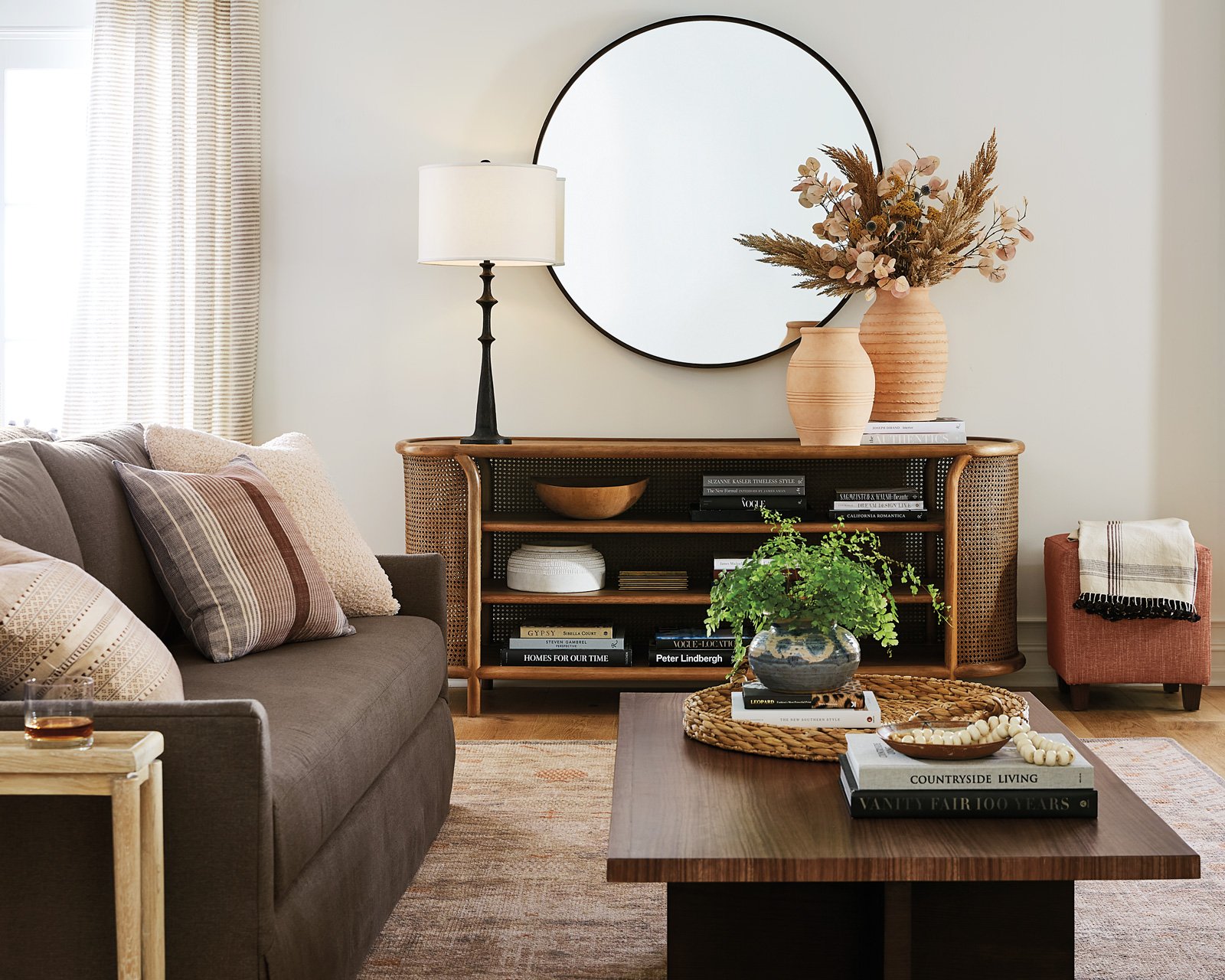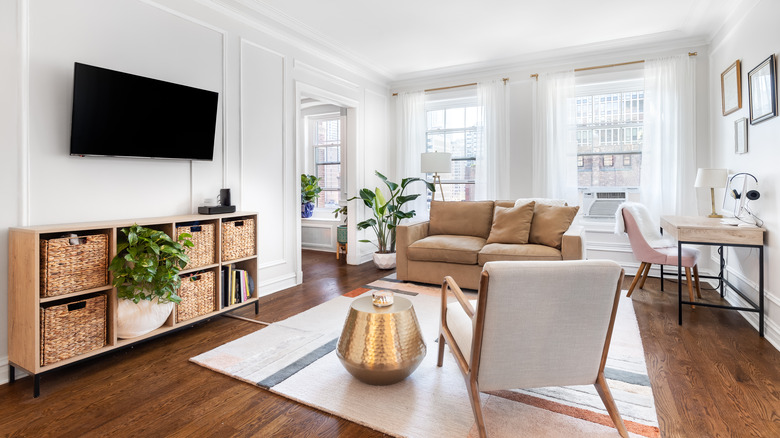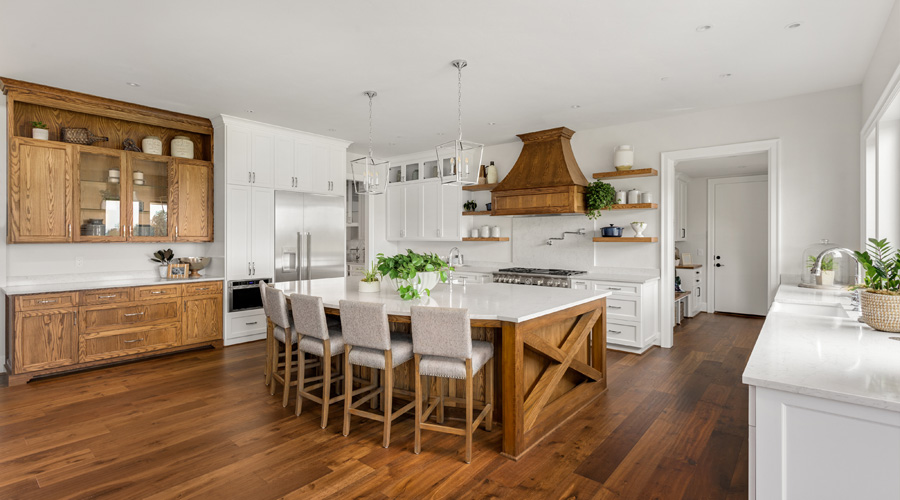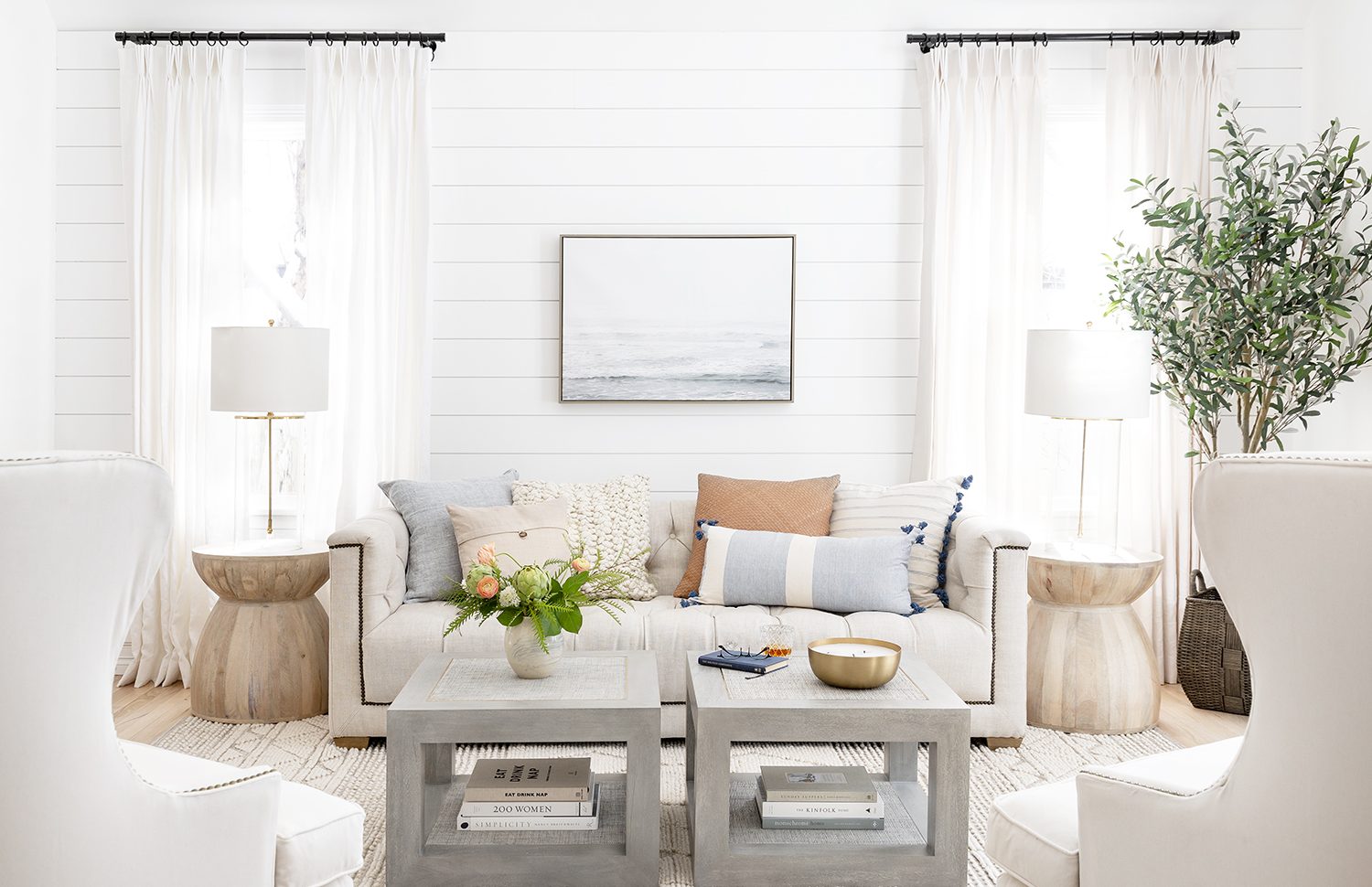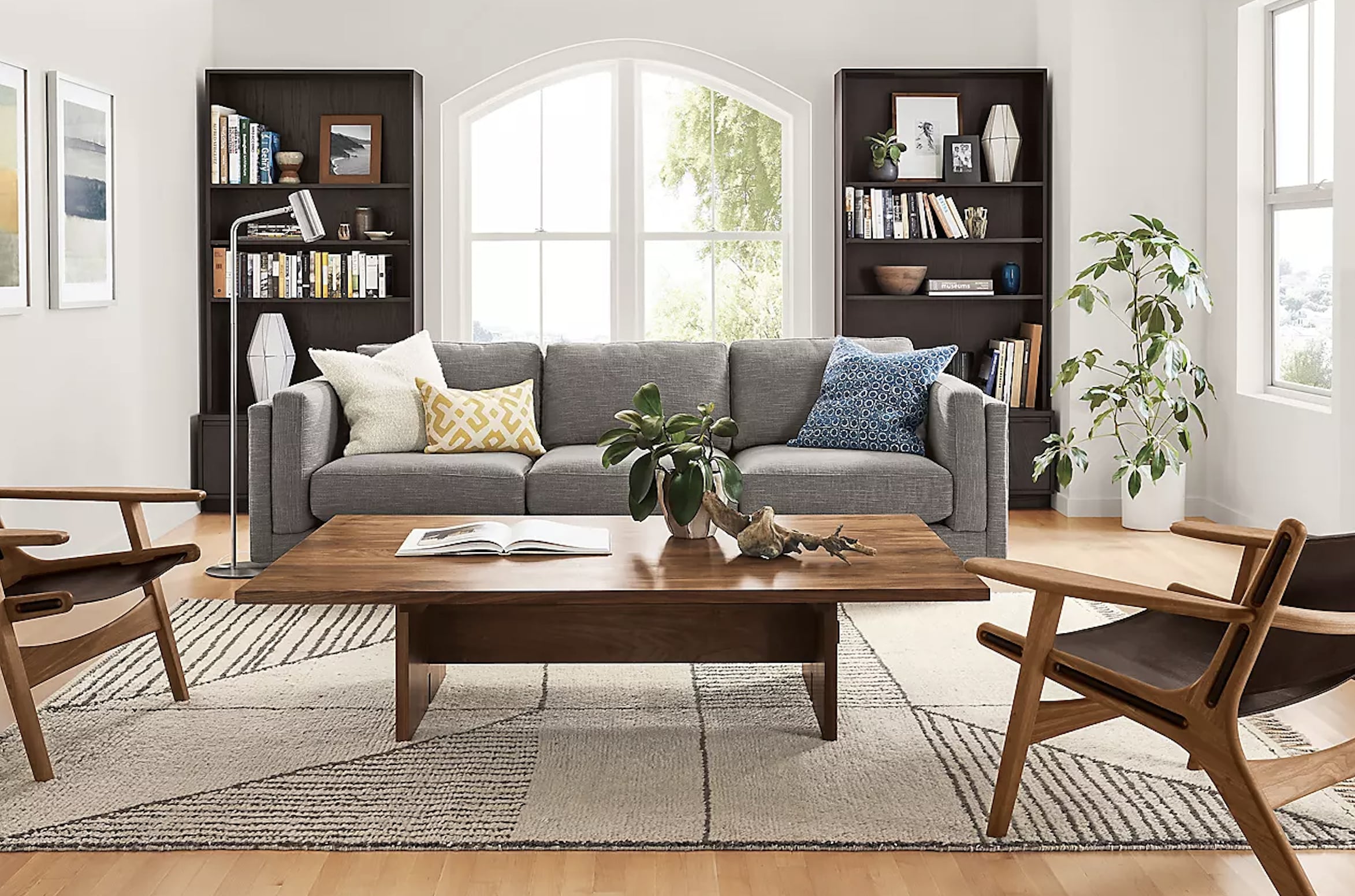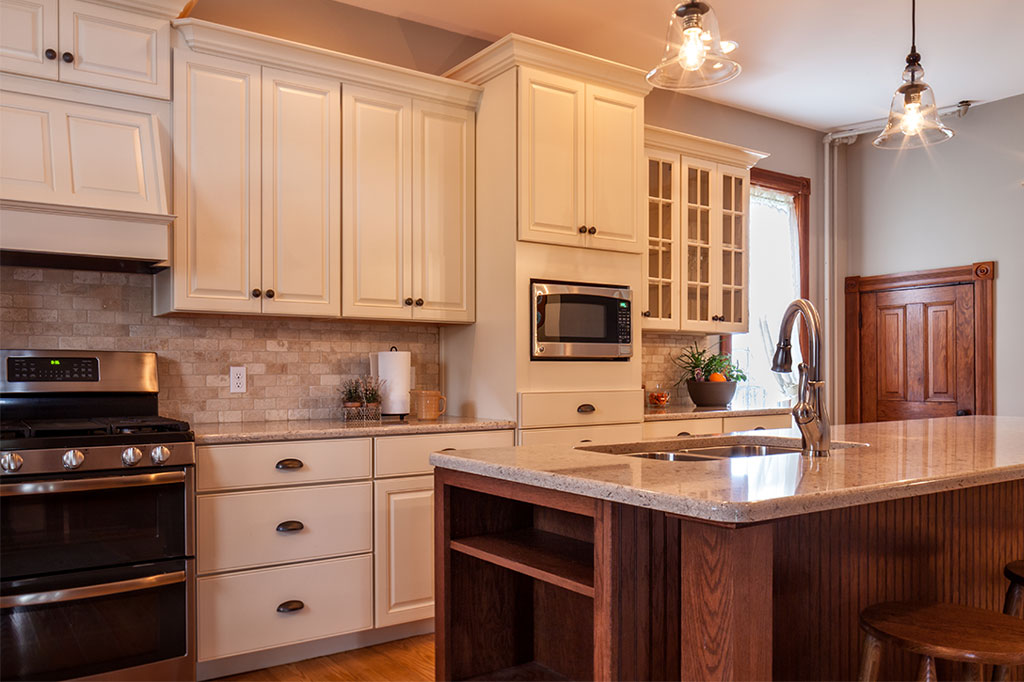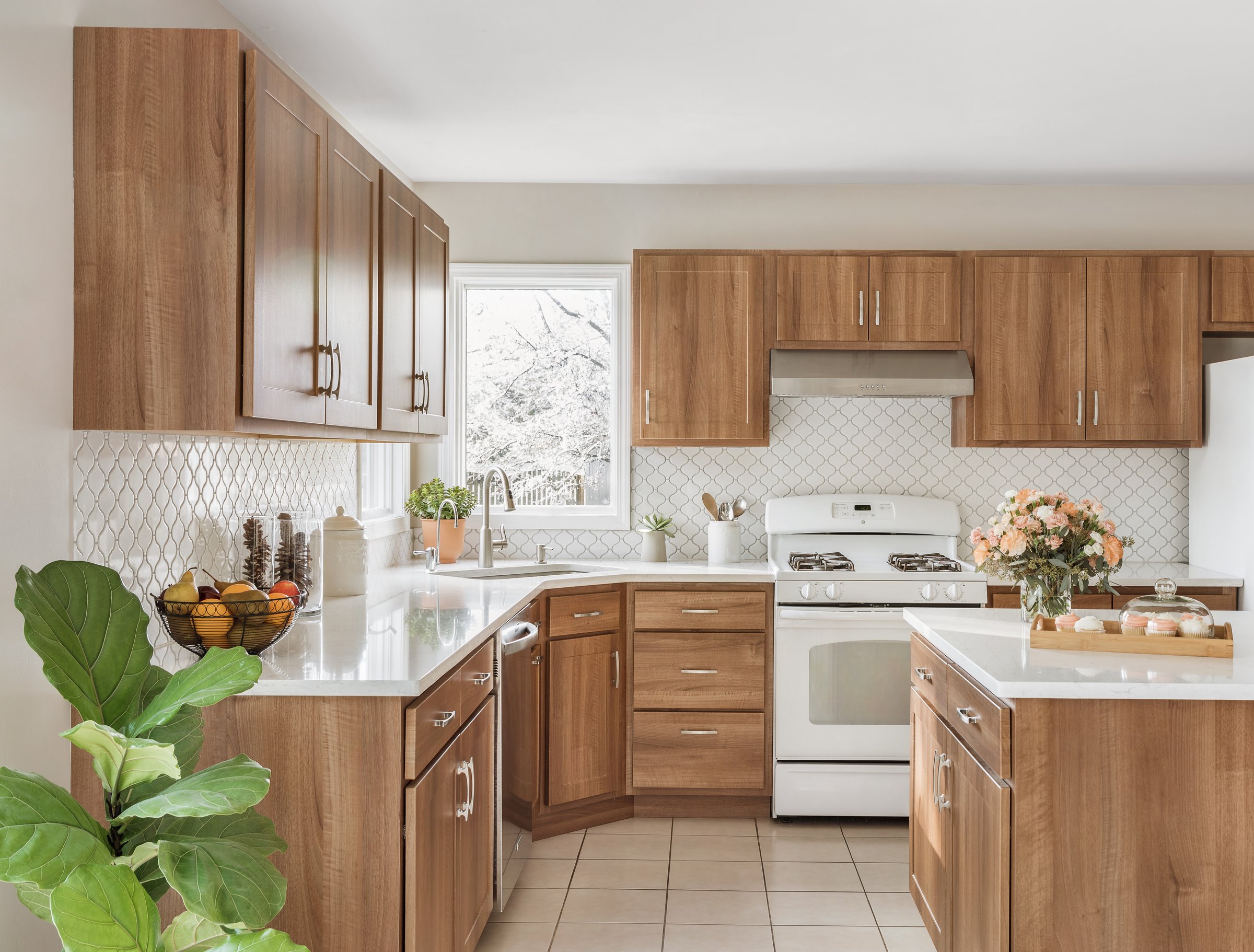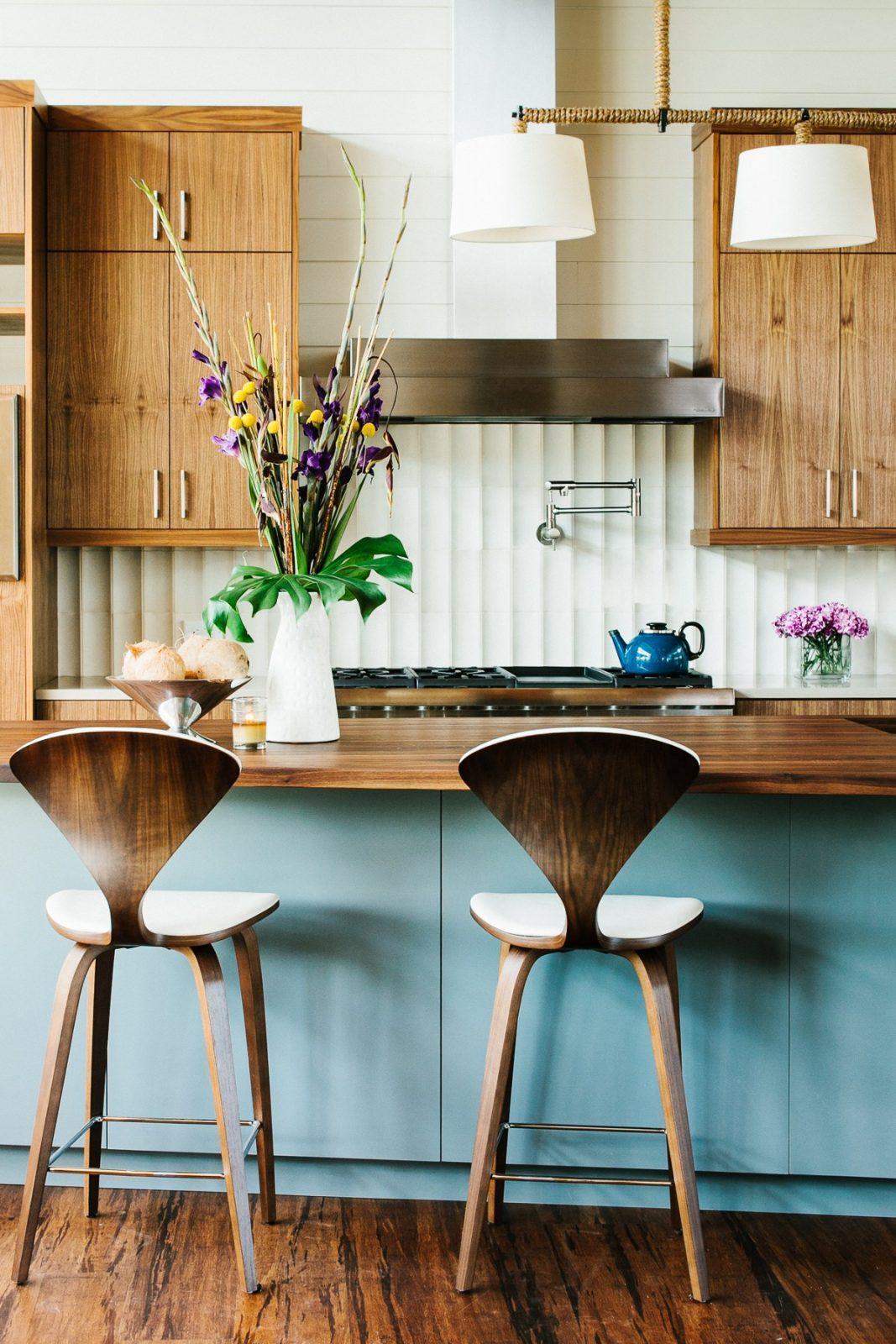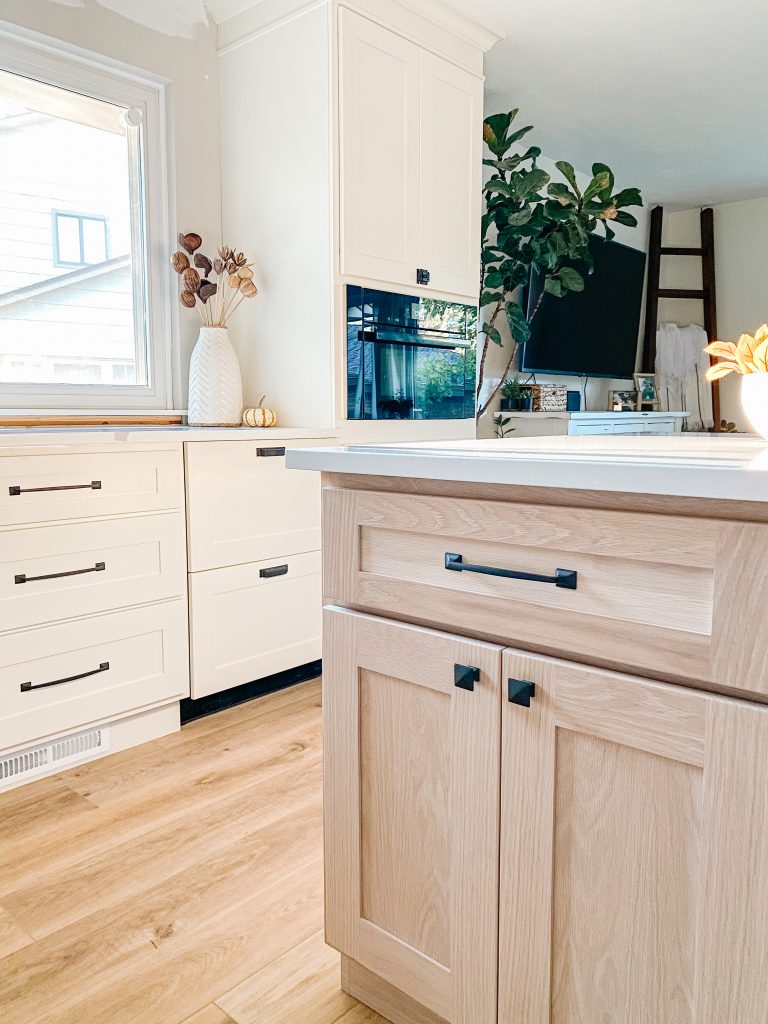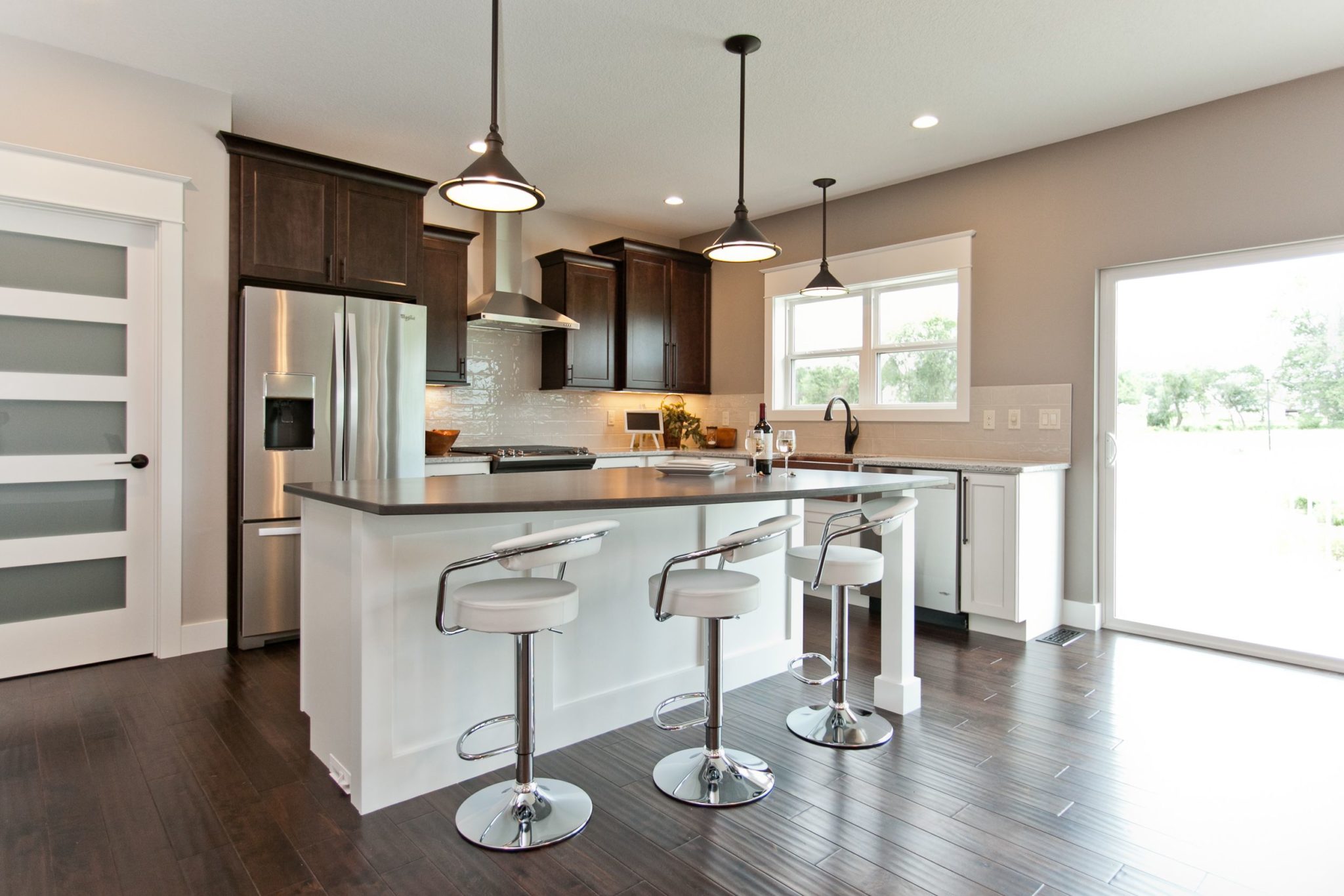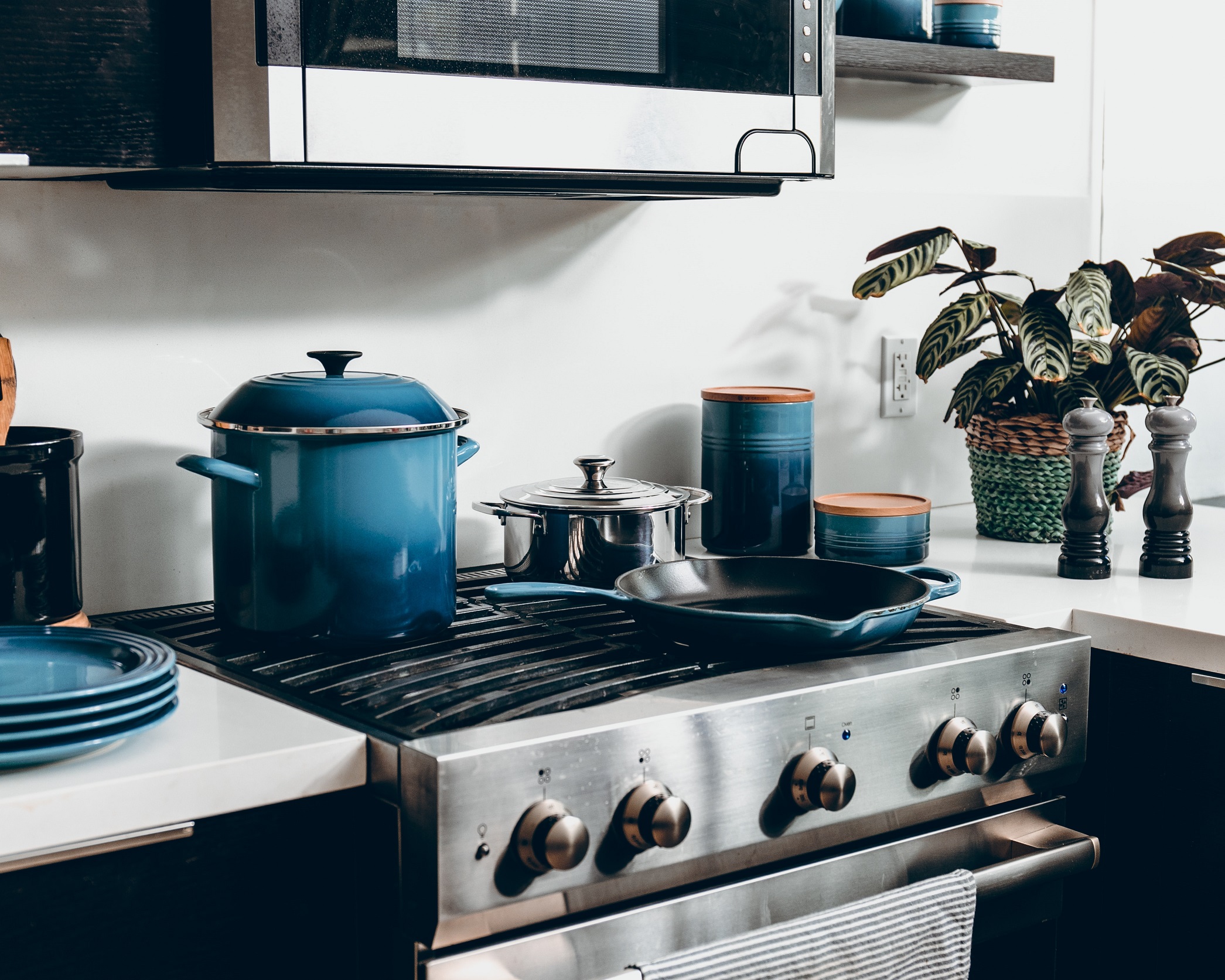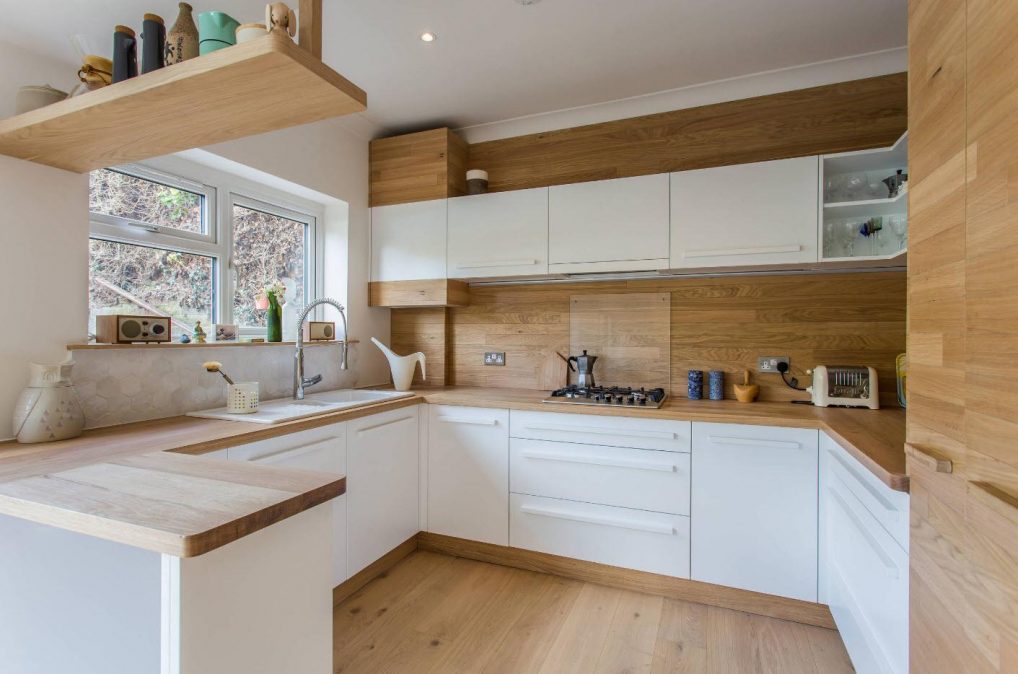Mixing different wood types in your kitchen design can add depth, warmth, and character to your space. However, it can also be a daunting task, as there are so many options to choose from. With the right tips and tricks, you can create a cohesive and stylish look that incorporates various wood finishes. Here are 10 ways to mix and match wood types in your kitchen to achieve a beautiful and functional design.How to Mix Wood Types in Your Kitchen Design
1. Start with a Neutral Base When mixing woods in your kitchen, it's best to start with a neutral base. This means choosing a light or medium-toned wood for your cabinets or flooring. These neutral shades will serve as a backdrop for the other wood finishes you will incorporate. 2. Mix Dark and Light Woods One of the most effective ways to mix wood types in your kitchen is by combining light and dark woods. The contrast between the two creates visual interest and adds depth to your space. For example, you can pair dark walnut cabinets with light oak flooring or vice versa. 3. Stick to a Color Palette When mixing wood finishes, it's crucial to stick to a color palette to achieve a cohesive look. This means choosing wood types that have similar undertones or hues. For instance, if you have light maple cabinets, opt for a similar-toned wood for your island or countertops. 4. Use Wood Accents If you're hesitant about using multiple wood finishes in your kitchen, start by incorporating wood accents. These can be in the form of open shelving, a cutting board, or even a wooden utensil holder. These small touches will add warmth and texture to your space without overwhelming it. 5. Mix Different Species of Wood Don't be afraid to mix different species of wood in your kitchen. For instance, you can combine oak, pine, and maple for a unique and eclectic look. Just make sure to stick to a similar color palette to create a cohesive design. 6. Don't Forget About the Finishes When mixing wood types, it's essential to consider the finishes as well. Some woods have a natural matte finish, while others have a glossy or distressed finish. Be mindful of how each wood finish will look together and choose ones that complement each other. 7. Incorporate Contrasting Elements Mixing wood types in your kitchen design doesn't mean you have to stick to just wood. You can also incorporate contrasting elements, such as metal or glass, to add visual interest. For example, you can pair dark wood cabinets with a stainless steel backsplash or a glass pendant light. 8. Embrace the Imperfections When mixing wood finishes, it's essential to embrace the imperfections. Each wood species has its own unique characteristics, such as knots, grains, and color variations. These imperfections add charm and character to your kitchen design. 9. Create a Focal Point If you want to mix wood types in your kitchen but are unsure of how to do so, consider creating a focal point. This can be done by using a different wood finish for your island or backsplash. This focal point will add visual interest and break up the monotony of using the same wood finish throughout the space. 10. Keep it Simple Lastly, when mixing wood types in your kitchen design, it's essential to keep it simple. Don't overdo it with too many wood finishes, as this can make your space look cluttered and busy. Stick to a few types and finishes, and let them shine.10 Ways to Mix and Match Wood Types in Your Kitchen
Mixing wood types in your kitchen design is an art that requires thoughtful consideration and attention to detail. By following these 10 tips, you can create a beautiful and functional kitchen that incorporates different wood finishes seamlessly. Don't be afraid to experiment and have fun with it – after all, mixing wood types is all about adding personality and character to your space.The Art of Mixing Wood Finishes in Your Kitchen Design
Mixing different wood species in your kitchen can be a challenging task, but when done right, it can create a cohesive and stylish look. Here are some dos and don'ts to keep in mind when mixing wood species in your kitchen design. Do: Stick to a Color Palette As mentioned earlier, it's crucial to stick to a color palette when mixing wood species. This will ensure that your kitchen has a cohesive and harmonious look. Choose wood types that have similar hues or undertones to create a seamless design. Don't: Use Too Many Species While it's essential to mix different wood species, make sure not to go overboard. Using too many species can make your kitchen look chaotic and disorganized. Stick to a few types and finishes to create a balanced and visually appealing space. Do: Consider the Space When mixing wood species, it's crucial to consider the size and layout of your kitchen. If you have a small space, stick to just one or two types of wood to avoid overwhelming the space. If your kitchen is larger, you can incorporate more species and finishes to add depth and texture. Don't: Ignore the Finishes As mentioned earlier, the finishes of your wood species are just as crucial as the types. Be mindful of how each finish will look together and choose ones that complement each other. Don't be afraid to mix matte, glossy, and distressed finishes to add dimension to your space.Creating a Cohesive Look: Mixing Different Wood Species in Your Kitchen
One of the most effective ways to mix wood types in your kitchen is by combining light and dark woods. This contrast adds visual interest and creates a dynamic and stylish look. Here are five tips for successfully mixing light and dark woods in your kitchen design. 1. Choose a Dominant Wood Type When mixing light and dark woods, it's essential to choose a dominant wood type. This will serve as the main wood finish in your kitchen and will be the one you use for your cabinets or flooring. The other wood types will serve as accents and will complement the dominant wood. 2. Create Balance When mixing light and dark woods, it's crucial to create a balance between the two. This can be achieved by using the dominant wood finish in larger areas, such as cabinets, and the accent wood in smaller areas, such as open shelving or a kitchen island. 3. Play with Patterns Mixing light and dark woods also allows you to play with patterns and textures. For instance, you can use a light wood with a prominent grain for your cabinets and pair it with a dark wood with a subtle grain for your flooring. This contrast in patterns adds depth and dimension to your kitchen design. 4. Incorporate Other Materials To add visual interest and break up the contrast between light and dark woods, consider incorporating other materials in your kitchen design. This can be done through using metal hardware, glass accents, or even colorful tiles. These elements will add balance and cohesion to your space. 5. Stick to a Color Scheme Lastly, when mixing light and dark woods, it's crucial to stick to a color scheme to ensure a cohesive look. Choose wood finishes that have similar undertones or hues to create a harmonious and visually appealing design.Maximizing Style: Mixing Light and Dark Woods in Your Kitchen Design
Mixing wood tones in your kitchen design can be challenging, but when done right, it can create a stunning and unique look. Here are five tips for successfully mixing wood tones in your kitchen. 1. Start with a Neutral Base As mentioned earlier, starting with a neutral base is crucial when mixing wood tones. This means choosing a light or medium-toned wood for your cabinets or flooring. This neutral base will serve as a backdrop for the other wood tones you will incorporate. 2. Use a Variety of Finishes When mixing wood tones, don't be afraid to use a variety of finishes. This can range from matte to glossy to distressed. Using different finishes adds depth and texture to your kitchen design and creates a more interesting and dynamic space. 3. Stick to a Color Scheme Just like when mixing light and dark woods, it's crucial to stick to a color scheme when mixing wood tones. Choose finishes that have similar hues or undertones to create a cohesive and visually appealing design. 4. Incorporate Contrasting Elements When mixing wood tones, don't be afraid to incorporate contrasting elements to add visual interest. This can be done through using metal accents, glass features, or even colorful tiles. These elements will break up the monotony of wood and add balance to your space. 5. Keep it Simple Last but not least, keep it simple when mixing wood tones in your kitchen design. Don't use too many different tones, as this can make your space look cluttered and busy. Stick to a few tones and finishes, and let them shine.5 Tips for Successfully Mixing Wood Tones in Your Kitchen
Mixing wood finishes in your kitchen can be a tricky task, but with the right tips, you can achieve a cohesive and stylish design. Here are some dos and don'ts to keep in mind when mixing wood finishes in your kitchen. Do: Start with a Neutral Base As mentioned earlier, starting with a neutral base is essential when mixing wood finishes. This means choosing a light or medium-toned wood for your cabinets or flooring. This neutral base will serve as a backdrop for the other wood finishes you will incorporate. Don't: Be Afraid to Mix Different Species One of the dos of mixing wood finishes is not being afraid to mix different species. This adds depth and character to your space and creates a more interesting and unique design. Just make sure to stick to a similar color palette to achieve a cohesive look. Do: Incorporate Contrasting Elements As mentioned earlier, incorporating contrasting elements is essential when mixing wood finishes. This can be done through using metal accents, glass features, or even colorful tiles. These elements add balance and visual interest to your space. Don't: Use Too Many Finishes While it's crucial to mix wood finishes, make sure not to use too many. Using too many finishes can make your kitchen look chaotic and overwhelming. Stick to a few types and finishes to create a balanced and visually appealing design. Do: Consider the Space Lastly, consider the size and layout of your kitchen when mixing wood finishes. If you have a small space, stick to just one or two finishes to avoid overwhelming the space. If your kitchen is larger, you can incorporate more finishes to add depth and texture.The Dos and Don'ts of Mixing Wood Finishes in Your Kitchen
When designing a kitchen, one of the most crucial elements to consider is the cabinets and countertops. These two components play a significant role in the overall look and feel of your space. Here's how you can mix wood cabinets and countertops in your kitchen design. 1. Stick to a Color Palette When mixing wood cabinets and countertops, it's crucial to stick to a color palette. This means choosing wood finishes that have similar hues or undertones to create a cohesive and harmonious design. For example, if you have dark wood cabinets, opt for a similar-toned wood for your countertops. 2. Use a Variety of Finishes Don't be afraid to use a variety of finishes when mixing wood cabinets and countertops. This can range from matte to glossy to distressed. Using different finishes adds depth and texture to your design and creates a more interesting and dynamic space. 3. Create Contrast To add visual interest to your kitchen design, create contrast between your cabinets and countertops. This can be done by pairing light cabinets with dark countertops or vice versa. The contrast creates a dynamic and stylish look. 4. Consider the Style When mixing wood cabinets and countertops, consider the style of your kitchen. If you have a modern kitchen, opt for sleek and streamlined cabinets and countertops. If you have a more traditional kitchen, choose more intricate and detailed wood finishes. 5. Use Other Materials Lastly, don't be afraid to incorporate other materials in your kitchen design. This can be done through using metal hardware, glass accents, or even colorful tiles. These elements will add balance and cohesion to your space.Mixing Wood Cabinets and Countertops in Your Kitchen Design
Incorporating Wood Accents: How to Mix and Match in Your Kitchen
The Benefits of Mixing Woods in Kitchen Design

Creating Depth and Visual Interest
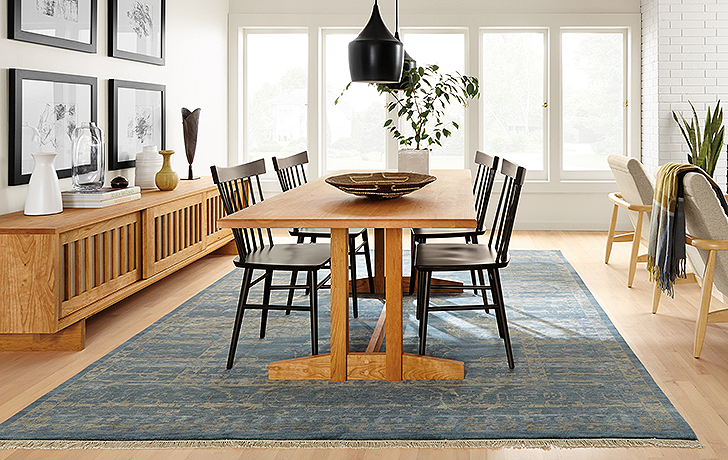 When it comes to kitchen design, many people tend to stick to one type of wood for all their cabinetry and furniture. However, incorporating different types of wood can add depth and visual interest to your kitchen. By mixing woods, you can create a more dynamic and unique space that stands out from the typical all-wood kitchen. This can be achieved by using different types of wood for your cabinets, countertops, flooring, and even accessories like cutting boards and utensils.
When it comes to kitchen design, many people tend to stick to one type of wood for all their cabinetry and furniture. However, incorporating different types of wood can add depth and visual interest to your kitchen. By mixing woods, you can create a more dynamic and unique space that stands out from the typical all-wood kitchen. This can be achieved by using different types of wood for your cabinets, countertops, flooring, and even accessories like cutting boards and utensils.
Adding Contrast and Balance
 Mixing woods in kitchen design can also help create contrast and balance in the space. By using light and dark woods together, you can create a beautiful contrast that adds dimension to the room. This can be achieved by pairing light oak cabinets with a darker wood countertop or vice versa. By incorporating different wood tones, you can also create a sense of balance in the kitchen, preventing one type of wood from overpowering the space.
Mixing woods in kitchen design can also help create contrast and balance in the space. By using light and dark woods together, you can create a beautiful contrast that adds dimension to the room. This can be achieved by pairing light oak cabinets with a darker wood countertop or vice versa. By incorporating different wood tones, you can also create a sense of balance in the kitchen, preventing one type of wood from overpowering the space.
Bringing in Natural Elements
/https:%2F%2Fblogs-images.forbes.com%2Fderinghall%2Ffiles%2F2018%2F11%2Fstaprans.design.portfolio.interiors.kitchen.1508999635.0394027-1200x912.jpg) Using multiple types of wood in your kitchen design can also bring in natural elements and textures. The warmth and organic feel of wood can add a cozy and inviting atmosphere to the kitchen. By using different types of wood, you can create a more natural and rustic aesthetic, perfect for a country or farmhouse-style kitchen. This can also help bring in elements of nature, making your kitchen feel like an extension of the outdoors.
Using multiple types of wood in your kitchen design can also bring in natural elements and textures. The warmth and organic feel of wood can add a cozy and inviting atmosphere to the kitchen. By using different types of wood, you can create a more natural and rustic aesthetic, perfect for a country or farmhouse-style kitchen. This can also help bring in elements of nature, making your kitchen feel like an extension of the outdoors.
Personalizing Your Space
 Mixing woods in kitchen design also allows you to personalize your space and make it your own. With so many different types of wood available, you can choose the ones that best reflect your style and personality. Whether you prefer a sleek and modern kitchen or a cozy and traditional one, incorporating different woods can help you achieve your desired look.
In conclusion, mixing woods in kitchen design offers many benefits and can elevate the overall aesthetic of your space. By creating depth and visual interest, adding contrast and balance, bringing in natural elements, and personalizing your kitchen, you can create a unique and beautiful space that reflects your style and personality. So next time you're planning a kitchen renovation, don't be afraid to mix and match different types of wood for a truly stunning result.
Mixing woods in kitchen design also allows you to personalize your space and make it your own. With so many different types of wood available, you can choose the ones that best reflect your style and personality. Whether you prefer a sleek and modern kitchen or a cozy and traditional one, incorporating different woods can help you achieve your desired look.
In conclusion, mixing woods in kitchen design offers many benefits and can elevate the overall aesthetic of your space. By creating depth and visual interest, adding contrast and balance, bringing in natural elements, and personalizing your kitchen, you can create a unique and beautiful space that reflects your style and personality. So next time you're planning a kitchen renovation, don't be afraid to mix and match different types of wood for a truly stunning result.
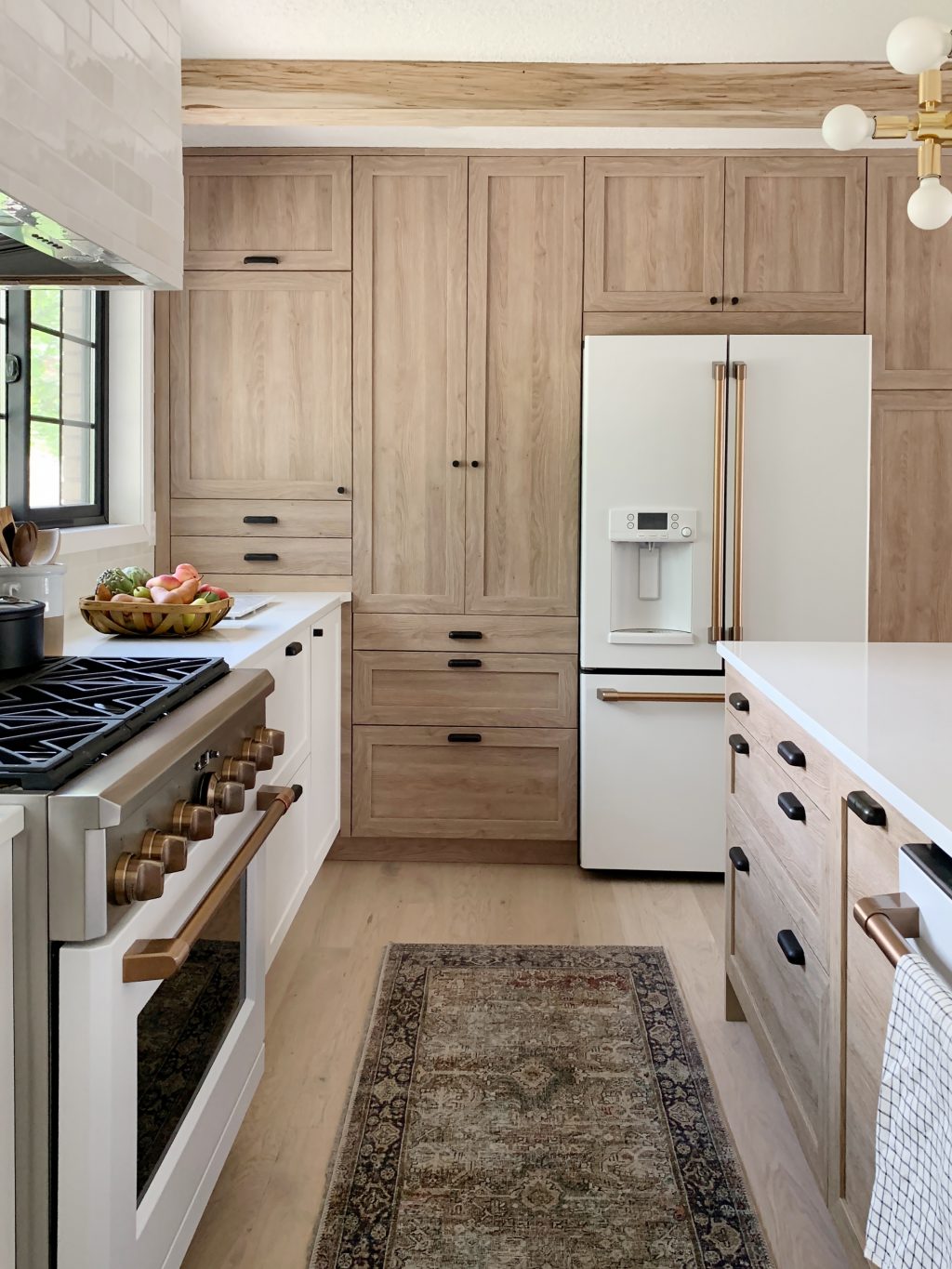


/170619_Bespoke_Bridgehampton-0134-edfcbde576b04505a95eceebe843b3c7.jpg)




